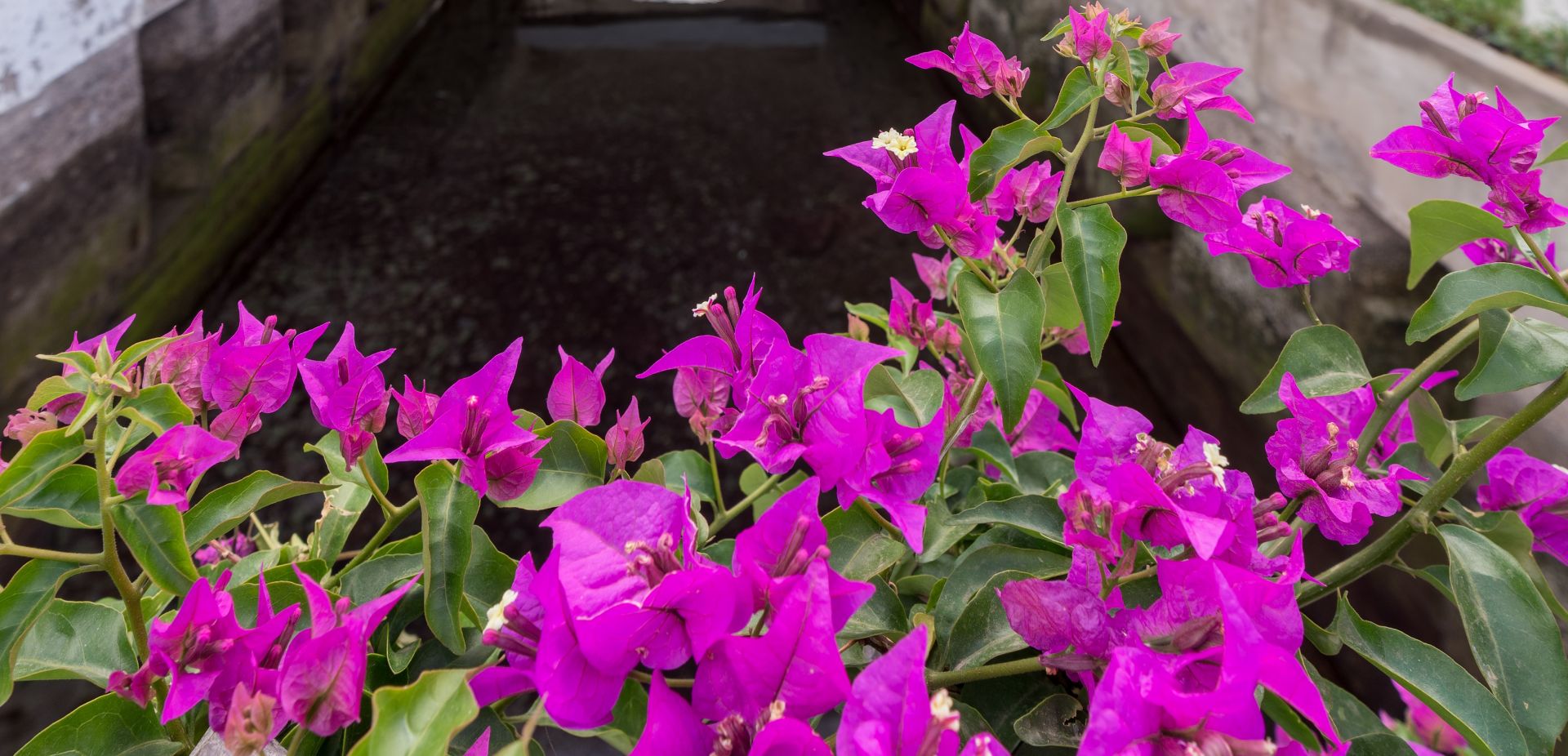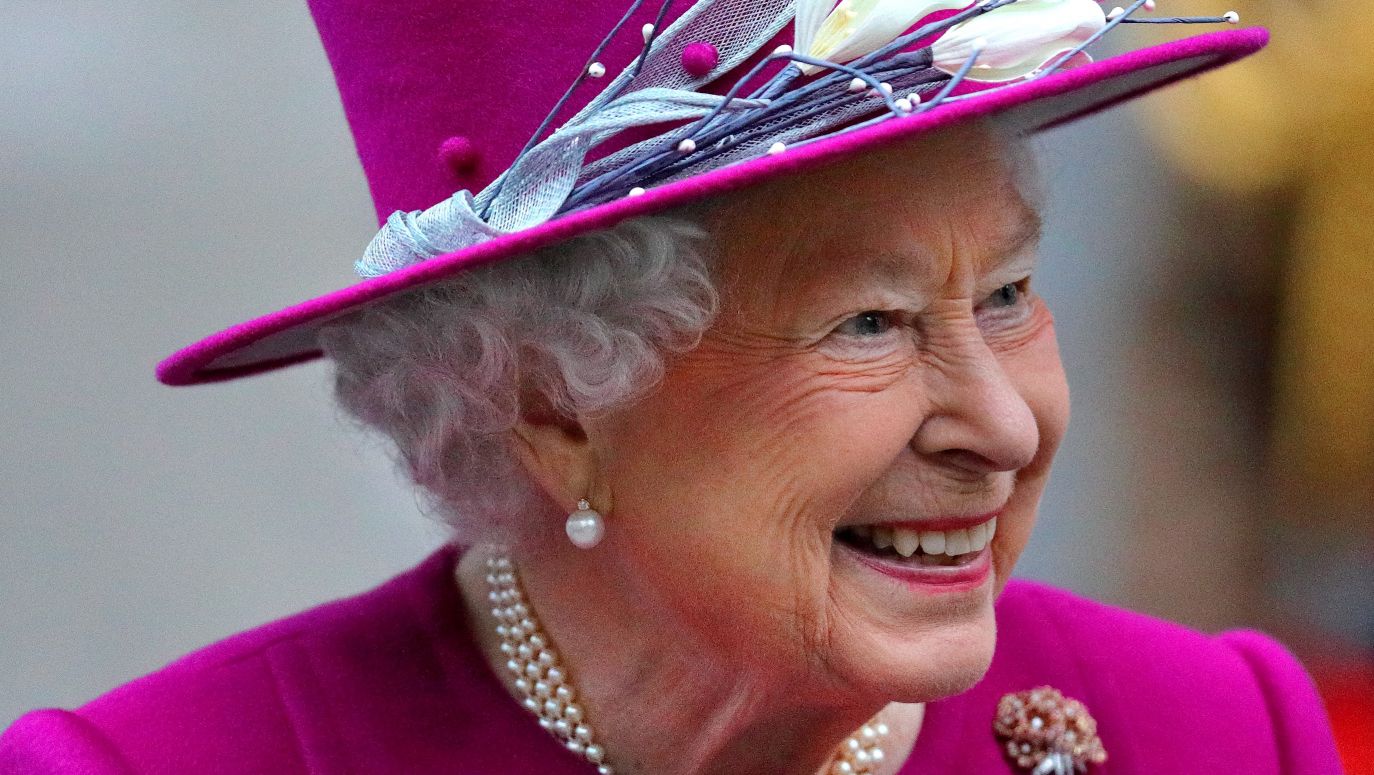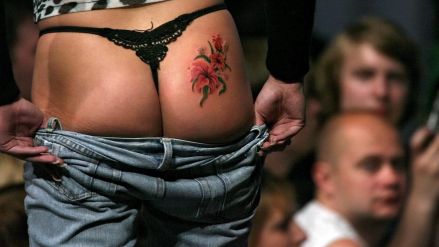Mindful of the story of William H. Perkin, we might object to this "inorganicity," but first we should clarify the connection between these two seemingly distant stories. History teaches us that seasonal color trends are not such a new idea. As a Roman proverb says:
Audaces fortuna iuvat (Fortune favors the bold), and Perkin undoubtedly was one of fortune’s favorites.
Although it is difficult for us to imagine in this day and age, up until the mid-19th century, color was a commodity both desirable and scarce. There was only a small number of natural dyes in common use, and their durability and saturation levels left much to be desired.
 SIGN UP TO OUR PAGE
SIGN UP TO OUR PAGE 
This added greatly to the impact of the young chemist’s discovery. On the one hand, he had added another stone in the foundations of organic chemistry (even if he didn’t know it at the time). Moreover, he revolutionized the industry (not only the textile industry) and at the same time ensured a prosperous life for himself and his descendants.
However, before that happened, he had to spend many more tedious hours in his laboratory seeking to arrive at the perfect proportions of aniline ingredients required to esure that manufacturers would consistently achieve the exact same color result. Thanks to these efforts, he finally managed to come up with a quick, easy and relatively inexpensive procedure.
As a result of these challenges, Perkin was never to return to academic chemistry. He remained absorbed with issues on the borderline of industrial chemistry and... painting. So much so that during his lifetime, the talented inventor patented a number of other original colors including Perkin's Green (turquoise green) and Britannia Violet. He also co-created the shade of crimson known as Alizarin red (C14H8O4).
Violet Rush
Until almost the end of the 20th century, the phenomena of
fast fashion and
see now, buy now were relatively unknown. It took time to develop the technologies and the trends that led to their creation. The same happened with Aniline purple. However, it would be wrong to think that the joy of color was unknown until the Industrial Revolution.
From ancient times, one or another color would be considered fashionable. In the Middle Ages, the choice of specific colors had special meaning and was strictly codified. Access to certain colors, the chromatic ancestor of magenta, Tyrian purple for example, was strictly restricted on the basis of merit and wealth.
There is a charming painting by Franz Xaver Winterhalter, depicting Empress Eugenie, wife of Napoleon III, surrounded by her baroness friends. They all wear fabulous dresses, decorated with ribbons, lace and flowers, each of a different color: from pale pink, through pistachio, to white with violet ornaments belonging to the empress.
Eugenie de Montijo was, in today’s terminology, a true trendsetter. She set standards for European fashion and, helped bring back the crinoline, which had fallen out of favor since the beheading of Marie Antoinette. Empress Eugenie also played a role in securing the success of the new color -- violet. It was because of her that the "Violet Rush " swept over Europe. In January 1860, the weekly magazine "All the Year Round" published by Charles Dickens reporting on the new color proclaimed:
It's rich and clean and goes with everything; be it a fan, slipper, gown, ribbon, scarf, tie or gloves. It lends a glow to the soft, unchanging dusk of woman's eyes. It will take any shape to find an excuse to flutter around her cheek, cling (when the wind blows it) to her lips, kiss her foot, whisper into her ear. O Perkin's purple, you are the lucky and favorite color.
Not long afterwards, at the world exhibition in London, Queen Victoria, to whom we can ascribe the spectacular career of white as the color of wedding dresses, dazzled with a magenta creation. Since then, a mixture of purple and red has become a permanent part of the canon of English national colors.


 SIGN UP TO OUR PAGE
SIGN UP TO OUR PAGE 





